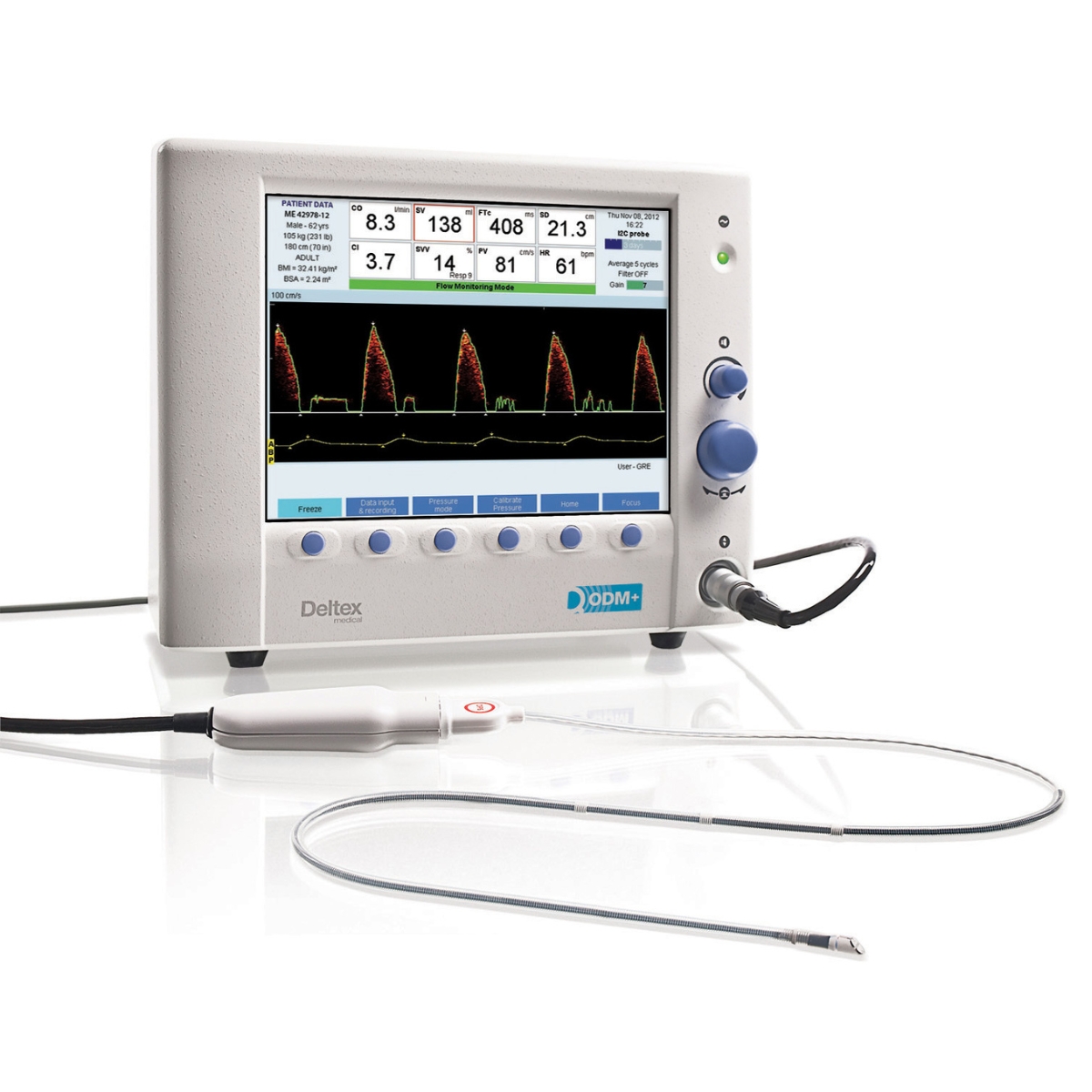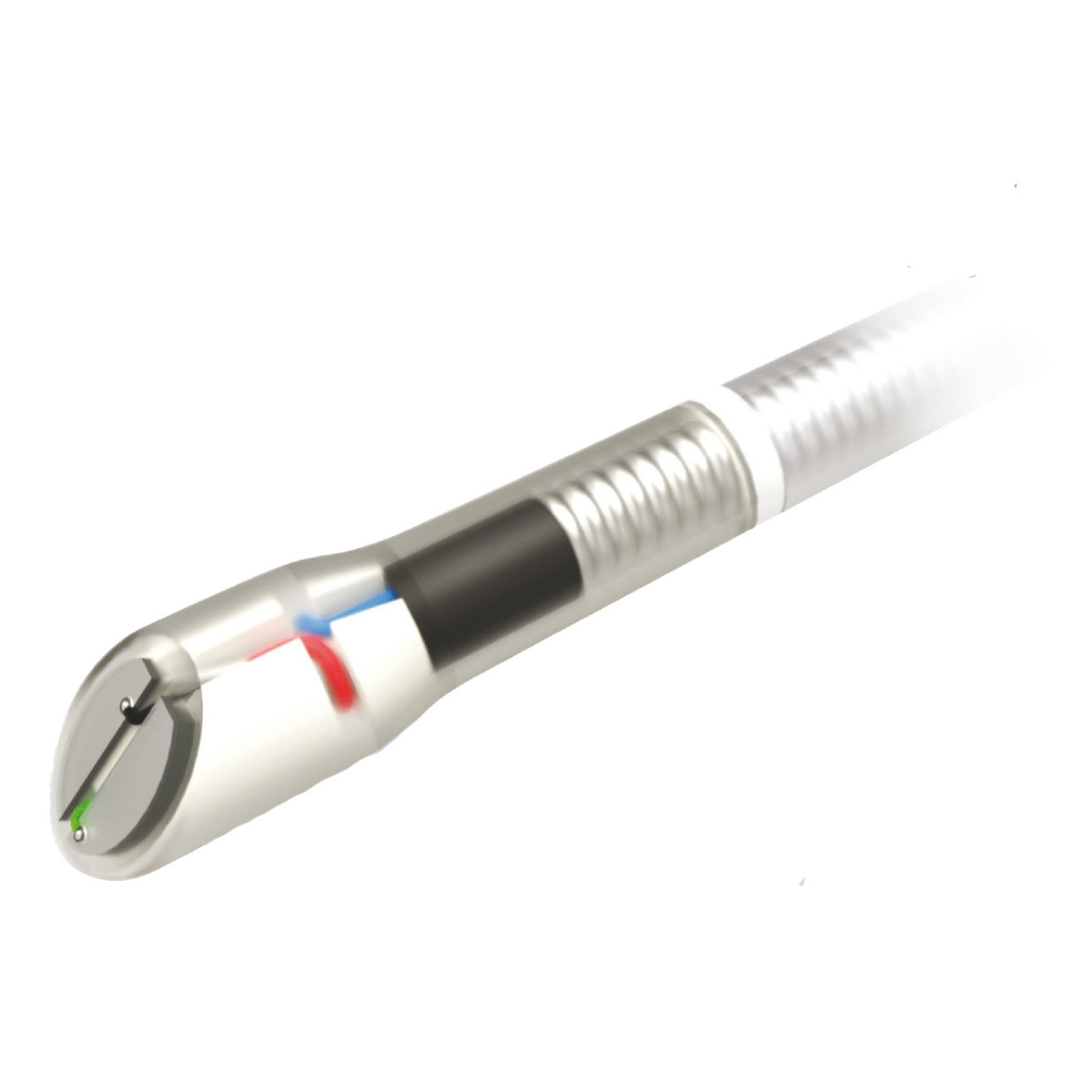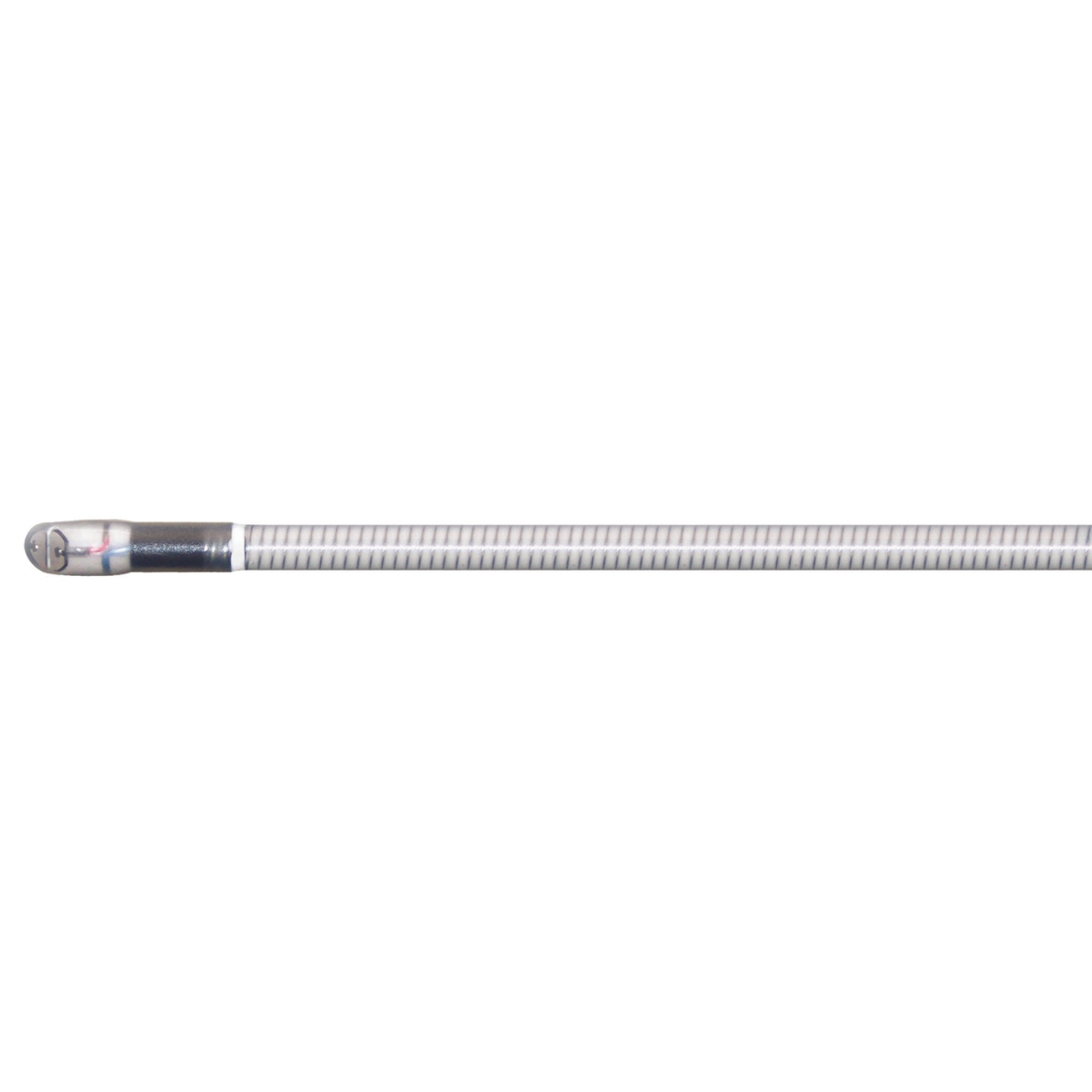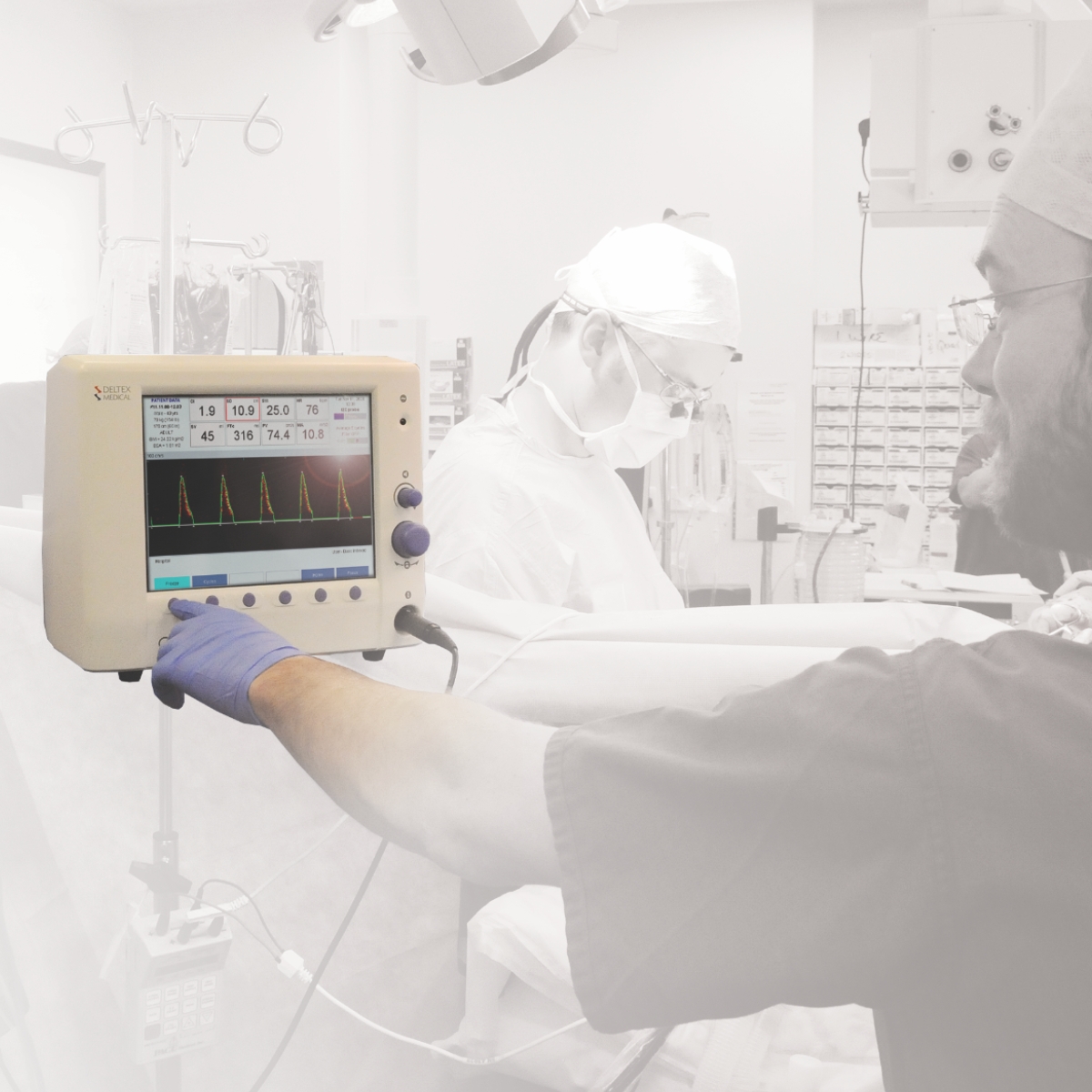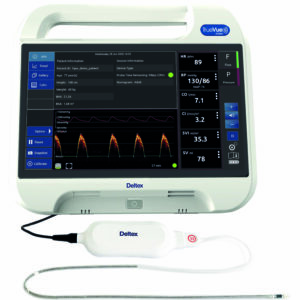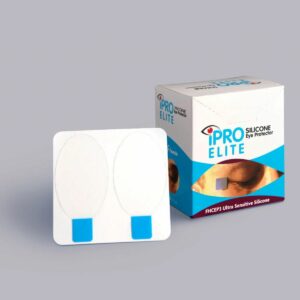ODM+ OESOPHAGEAL DOPPLER

Fluid management by oesophageal Doppler
The only monitor with the precision needed to successfully guide a protocol to optimise stroke volume (SV) by 10%.
- Description
- information
- benefits
- legal information
Monitor with customisable colour screen to visualise the velocity signal of red blood cells in the descending aorta, time-dependent.
Continuous Doppler source at 4 MHz.
Navigator button and direct access keys to the various functions.
Connectivity: ABP (Arterial Blood Pressure) RS232,USB and Ethernet port.
The ODM+ monitor measures cardiac output directly using a Doppler ultrasound probe. In addition, the monitor can retrieve the blood pressure signal and calculate a series of parameters based on the pressure. It is unique in that it uses cardiac output measured by Doppler to calibrate an algorithm for analysing the pulse contour of the pressure wave. This algorithm provides other pressure-based parameters, such as Dynamic Arterial Elastance (EaDyn=Delta PP/Delta SV).
- ODM+ equipment
- Oesophageal probes
- 2 ADULT probes
- DP240: The DP240 probe has a tight armature and a 10-day service life
- I2C: The I2C probe has a flexible armature and a 72-hour operating time
- 1 PAEDIATRIC probe
- KDP: For paediatric patients weighing 3 kg or more.
- Oesophageal Doppler: cutting-edge technology, supported by evidence
- Simple, reproducible procedure: Only 3 minutes for patient safety - the time it takes to insert a Doppler probe and obtain a signal
- Quality of clinical evidence: More than twenty randomised clinical trials support Doppler monitoring, proving time and time again that it significantly reduces complications, shortens hospital stays and improves patients' quality of life
Description
Monitor with customisable colour screen to visualise the velocity signal of red blood cells in the descending aorta, time-dependent.
Continuous Doppler source at 4 MHz.
Navigator button and direct access keys to the various functions.
Connectivity: ABP (Arterial Blood Pressure) RS232,USB and Ethernet port.
The ODM+ monitor measures cardiac output directly using a Doppler ultrasound probe. In addition, the monitor can retrieve the blood pressure signal and calculate a series of parameters based on the pressure. It is unique in that it uses cardiac output measured by Doppler to calibrate an algorithm for analysing the pulse contour of the pressure wave. This algorithm provides other pressure-based parameters, such as Dynamic Arterial Elastance (EaDyn=Delta PP/Delta SV).
Additional information
| Information | <ul><li>ODM+ equipment</li><li>Oesophageal probes</li><li>2 ADULT probes <ul><li>DP240: The DP240 probe has a tight armature and a 10-day service life</li><li>I2C: The I2C probe has a flexible armature and a 72-hour operating time</li></ul></li><li>1 PAEDIATRIC probe <ul><li>KDP: For paediatric patients weighing 3 kg or more.</li></ul></li></ul> |
|---|---|
| Benefits | <ul><li>Oesophageal Doppler: cutting-edge technology, supported by evidence</li><li>Simple, reproducible procedure: Only 3 minutes for patient safety – the time it takes to insert a Doppler probe and obtain a signal</li><li>Quality of clinical evidence: More than twenty randomised clinical trials support Doppler monitoring, proving time and time again that it significantly reduces complications, shortens hospital stays and improves patients' quality of life</li></ul> |
| Legal information | ODM+ CardioQ oesophageal Doppler cardiac function monitor. Class IIb medical device. CE0086. Certification body: BSI. Manufactured by Deltex. Not included in the list of reimbursable products and services provided for in article L165-1 of the French Social Security Code. To ensure correct use of the device, read the instructions carefully before use. |
| Fabricant | <img src="https://gamida.fr/wp-content/uploads/2024/02/logo_deltex.jpg"> |
| Traduction_FR | 4489 |


